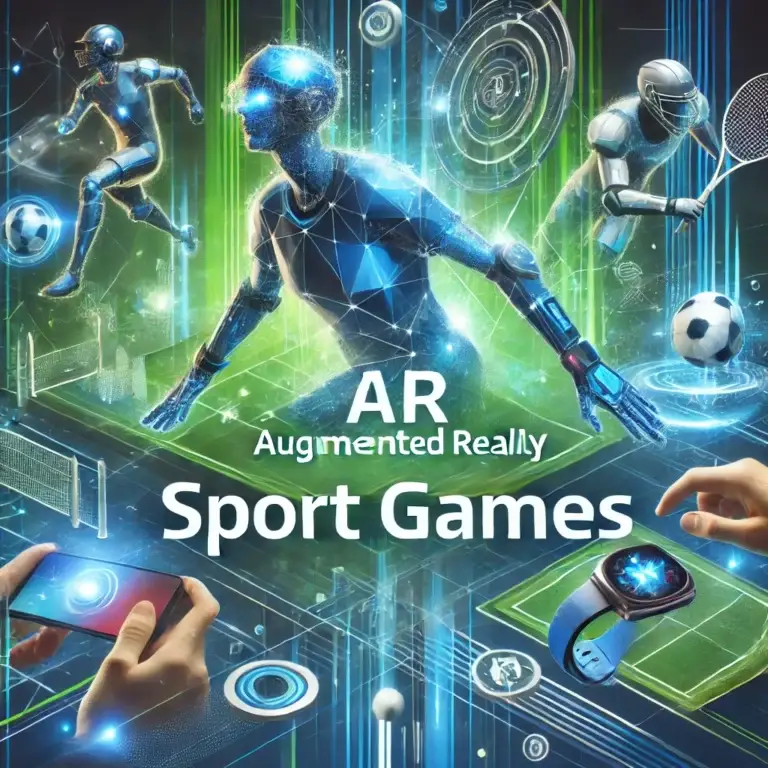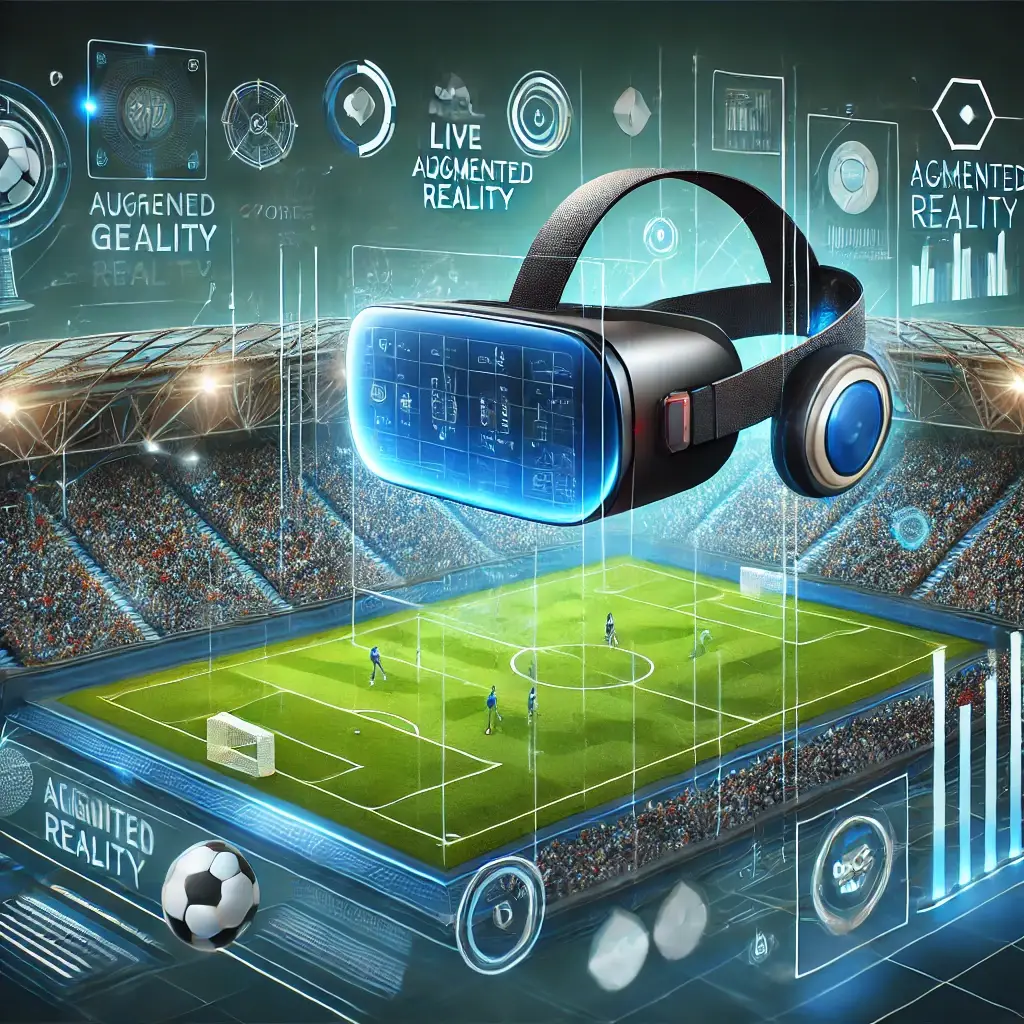Introduction:
Augmented Reality (AR) has taken the sports world by storm, blending the physical and digital realms to offer fans and players immersive experiences like never before. From enhanced live games to interactive AR-based sports, the future of sports entertainment is evolving rapidly. In this post, we’ll dive deep into the world of AR sport games, exploring their current applications and future possibilities.
What Are AR Sport Games?
AR sport games use augmented reality technology to create an interactive and immersive gaming experience. By overlaying digital information and virtual elements onto the real world, AR games allow players to interact with their environment in ways that traditional games cannot. This can be through wearable AR devices, smartphone apps, or headsets, providing players and fans with a unique, engaging experience.
Examples of AR in Sports Games:
- HADO: Often described as a real-life video game, HADO is an AR sport where players engage in augmented dodgeball battles using headsets and wrist sensors to shoot digital energy balls at opponents.
- AR Football: Augmented reality is being used in football training and simulations where players can interact with virtual opponents or obstacles while practicing their skills.
- NBA AR App: The NBA’s AR app allows fans to play interactive basketball games in their own space using their mobile devices.
The Technology Behind AR Sport Games
AR sport games are powered by several key technologies that enhance user experience:
- Motion Sensors: Devices like the Microsoft HoloLens and Magic Leap use sensors to detect movement and place digital objects within the player’s real environment.
- Computer Vision: AR sport games rely on computer vision to track objects, such as a ball, and to map the physical environment.
- Wearables: Wearable technology like AR glasses and headsets allows for a more immersive experience by overlaying virtual elements into the real-world field of view.
How It Works:
AR sport games use 3D mapping and tracking to create a hybrid digital/physical experience. With advanced cameras and motion sensors, real-time data is integrated into the gameplay, allowing users to move, compete, and interact with digital elements seamlessly.
How AR Sport Games are Transforming Training
AR sport games aren’t just about entertainment—they are also transforming how athletes train. By simulating game situations and adding interactive elements, AR training tools give athletes real-time feedback and allow for more effective practice routines.
Key Benefits of AR Training:
- Improved Reaction Times: AR simulations can replicate fast-paced game scenarios that challenge athletes to react quicker.
- Personalized Feedback: Athletes can see real-time stats, performance analysis, and advice for improving their game.
- Skill Development: AR games can help athletes refine their skills by placing them in custom scenarios designed to improve their weaknesses.
Fan Engagement Through AR Sport Games
One of the most exciting uses of AR sport games is how they engage fans. Using AR apps, fans can interact with live sports games from the comfort of their homes or even in stadiums. AR games let fans view stats, replays, and digital overlays of players right from their smartphones.
Examples of Fan Engagement:
- Real-time AR Stats: Apps like NFL Next Gen Stats display live player statistics on the field when fans point their phone cameras at the players.
- Interactive AR Games: Teams are launching AR mini-games for fans to enjoy before and after the game, further enhancing the match-day experience.
The Future of AR in Sports
AR sport games are just scratching the surface of their potential. As AR technology continues to develop, we can expect to see even more exciting innovations in the world of sports.
Future Trends:
- Fully Immersive AR Sports Leagues: We may see entirely new sports emerge that are built around augmented reality technology.
- AR eSports: AR could create hybrid eSports games where players compete in both the physical and digital realms simultaneously.
- Global Competitions: AR will likely enable players from all around the world to compete in the same game virtually, leveling the playing field for international sports competitions.
Read our post about the the future of AR in sports
Conclusion:
The intersection of augmented reality and sports is reshaping how we play, train, and engage with our favorite games. From professional athletes to everyday fans, AR sport games are bringing the excitement of sports into the digital age, blending the best of both worlds.





